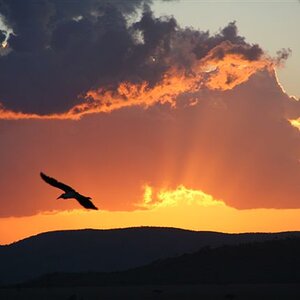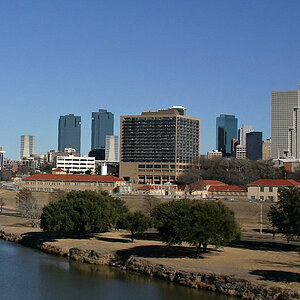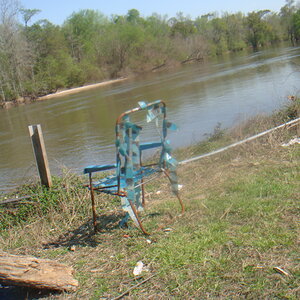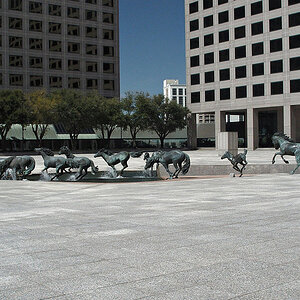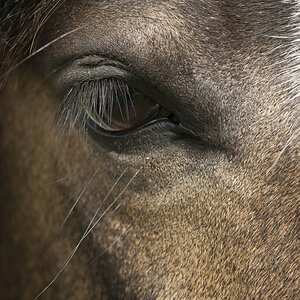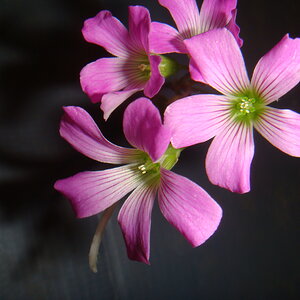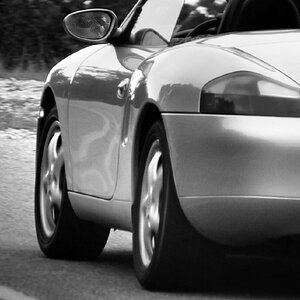- Joined
- Mar 29, 2016
- Messages
- 14,856
- Reaction score
- 8,311
- Can others edit my Photos
- Photos NOT OK to edit
Need some help understanding how to handle significant differences in light and dark. I've tried several things but still end up with a lot of editing. Suppose I'm inside looking out a large window that has strong natural lighting and "sunbeams", spilling in. When I look at this my eyes apparently adjust so that I can easily see the details of things outside the window, the "sunbeams", and the details inside the house without a lot of difference. When I try to shoot, if I meter for the window, the inside comes out underexposed, if I meter for the inside the window blows out, and if I try to use a flash to counteract the outside light, I lose the sunbeams. What would be the recommended procedure to shoot this to get as close to actual "in camera", without relying so much on post processing, or is it possible?


